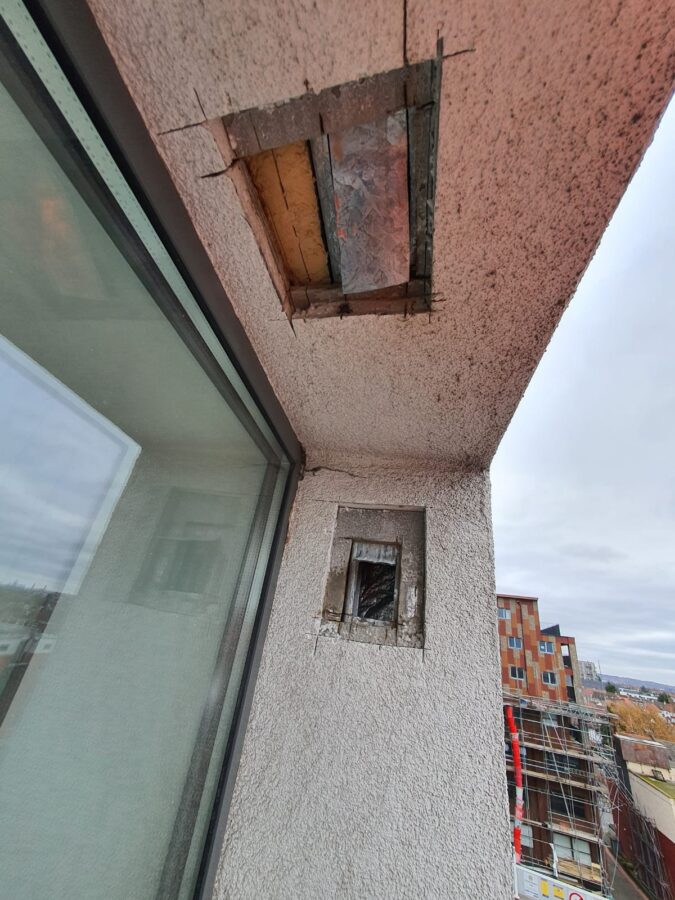News
PRE Launches a New Service for 2021! #No.25

PRE are excited to announce a NEW service for 2021 providing property owners of residential high rise flats with EWS1 forms for fire risk assessment purposes. Being a multi disciplinary chartered surveying firm we can provide professional services to Developers, Funders, Occupiers and Owners with everything they need to save on cost and time in these challenging economic client.
The EWS1 form will not be needed on buildings where there is no cladding; providing certainty for the almost 450,000 homeowners who may have felt stuck in limbo. However, residential apartment buildings 18m or more above ground with cladding still need EWS1 external wall fire reviews.
That said majority of mortgage funders are requesting these forms as part of their internal compliance.
It is reported that there are hundreds of thousands of flat owners that could be forced to take on 30-year loans akin to a second mortgage to fix fire safety defects.
Campaign group End Our Cladding Scandal estimates that the erosion of trust in building safety has created 1.93m “mortgage prisoners” in England such as the Aristidous, who are unable to sell their homes because banks and other mortgage providers have refused to lend to would-be buyers.
The Grenfell disaster claimed 72 lives and the ongoing inquiry established that external cladding fitted to the building as part of a renovation earlier in the decade was the “principal” cause of the fire’s rapid spread. Those findings put the spotlight on the safety of similar materials used on hundreds of thousands of other new or refurbished buildings and destroyed faith in the country’s building regulations. Last week, a scathing report by the parliamentary housing committee said it was “deeply shocking and completely unacceptable” to have over three years after the disaster. It also said it would be “an abdication of responsibility” by the government if leaseholders were forced to pay to fix the problem.
The government inadvertently widened the scope of the crisis in January when it guided that all buildings with an external wall system — which could be any type of cladding, practical or decorative — should be assessed for safety. This intervention greatly expanded the number of properties on which mortgage providers were reluctant to lend. The government estimates there are at least 839,000 leasehold flats in England in 58,000 apartment blocks with potentially unsafe cladding.
In May, ministers launched a £1bn Building Safety Fund (BSF) to help towards the removal of dangerous cladding on tower blocks. But the fund is only available on an estimated 1,700 taller blocks, like Grenfell, above 18m, and is well short of the government’s cost estimate of £3.5bn.
Should you own an apartment or be a landlord which meets the high risk category 18m with cladding and require a fire risk assessment report with a view to completing an (EWS1) form, please do contact JASON ANTILL BSc (Hons) MRICS DipNDEA jason.antill@presurveyors.co.uk

